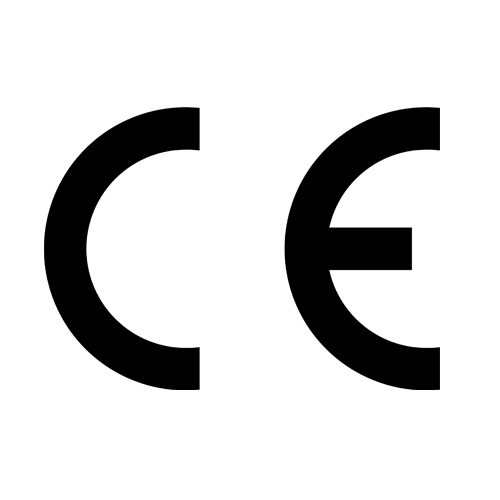TrendForce indicated that LED-related policies and regulations have become stricter following lighting technology innovation and changes in market demand.
CRI & R9: Quality of color reproduction is a crucial consideration for LED lighting applications. particularly those of commercial (retail, art exhibition, and photography), special (healthcare and printing), and high-end residential lighting products. Regionally speaking, the EU has been promoting the ErP new energy label, imposing much stricter requirements of the CRI and energy efficiency. In North America, DLC V5.1 will focus on three areas, namely light quality (performance and health), light controllability, and luminous efficacy. In China, policies proposed in 2022 will emphasize health impact of educational lighting products, where luminaires requesting assessment of blue light hazard to the retina are regulated by the strictest safety standard. Therefore, the demand for low blue light lighting will give rise to stable development for the human centric lighting market.
In 2H21, the LED horticultural lighting market failed to meet expectations as applications and demand were sluggish due to delayed ocean freight schedules, shortage of PMICs, and broader factors such as negative political effects. Particularly, increased shipping costs exerted greater impact on end luminaire manufacturers.
Nonetheless, LED horticultural lighting applications are still on the rise thanks to rapid growth in medical and recreational cannabis markets across North America and other areas. Moreover, as extreme climate events occur more frequently, more indoor farms have been built to ensure food supply and security. Furthermore, farmers demand for more lighting products with the rise of smart agriculture. The said factors have boosted LED penetration. According to the latest data compiled by TrendForce, the LED horticultural lighting market scale will jump by 10.4% to USD 1.85 billion globally with a 2021-2026 CAGR of 13.0%.









